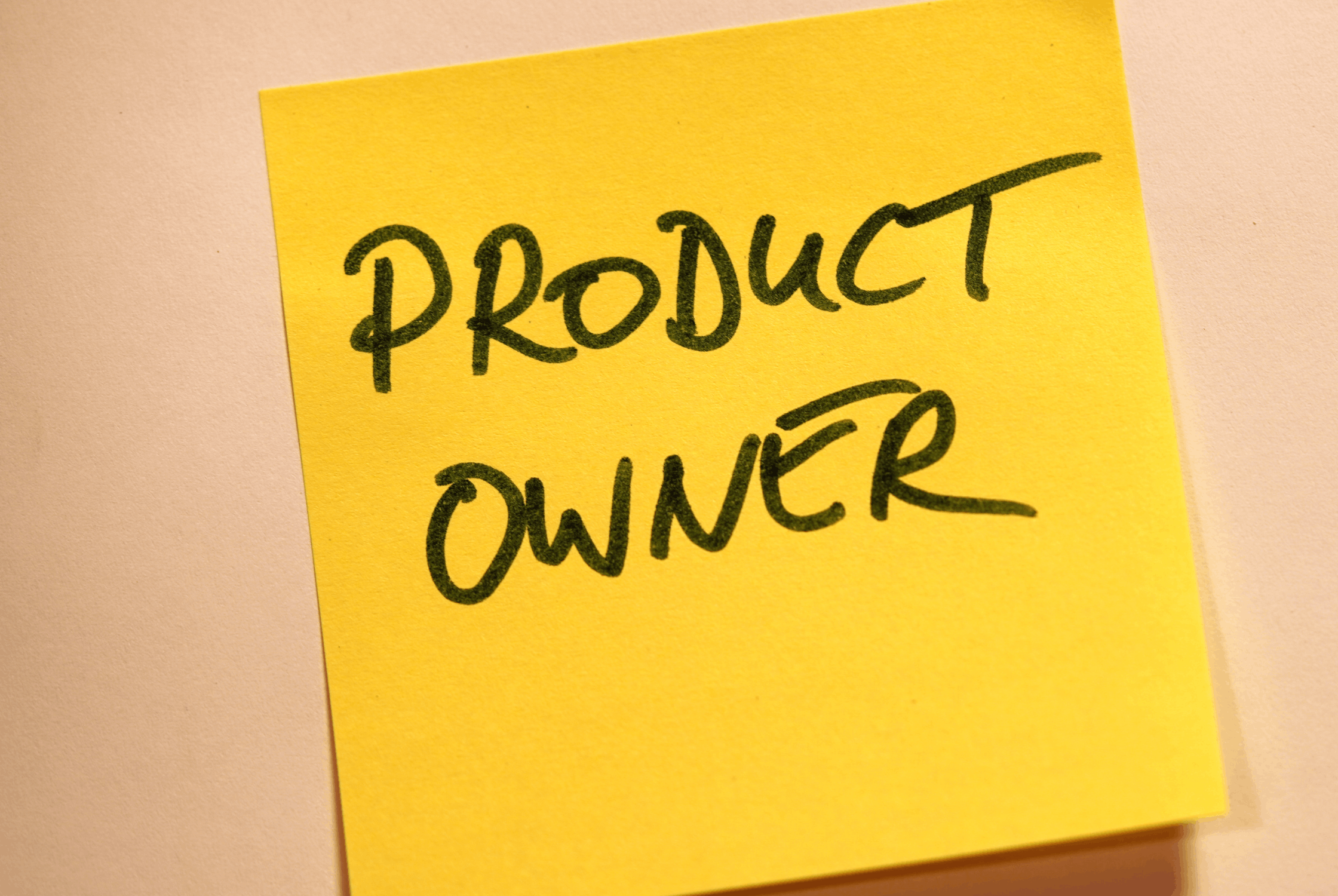The Product Owner (PO) is responsible for maximizing the value of the product. Their role is multifaceted and includes a range of tasks that require both business competence and interpersonal skills. Who is the Product Owner? This is the person who has a vision for what the product should offer and also decides on the directions of its development. This can involve creating roadmaps, ensuring the product delivers value, creating Product Goals, ensuring transparency of product backlog items.
One of the main tasks of the Product Owner is maintaining and managing the Product Backlog, an ordered list of all work to be done. The Product Owner's responsibilities include defining goals and priorities for individual backlog items, which requires close collaboration with stakeholders and end-users. The Product Owner might also be an expert in the field in which the product is being created to manage its value effectively.

The role of the Product Owner is not limited and shoult not only focus on technical aspects. They are also a key link between the team and stakeholders. They must skillfully negotiate the scope of work and manage expectations of all parties so that the final product best meets market needs. The duties of the Product Owner also require participation in Scrum events, such as Sprint Planning, Sprint Review, and Sprint Retrospective, where they represent the business perspective and support feedback delivery to the team. Product Owner makes sure the Done Increment is valuable to stakeholders, and gathers ideas to adapt the Product Backlog for future Sprints. This can be also an occasion to inspect Product Goal, Roadmap, Budget constraints, market changes etc.
Additionally, the Product Owner plays an important role in ensuring the transparency of the product creation process. Scrum Product owner must ensure that all team members are clear about the goals and direction of product development. Communication and collaboration are key here; the Product Owner should be available to the team to quickly solve problems and answer questions regarding the Product Backlog. There is no specification on how often and in what manner communication between the Product Owner and the Scrum Master or Developers should occur. It should be frequent enough to build an increment consistent with the Definition of Done.
The Product Owner is responsible for maximizing the product's value. They define the product vision, and their decisions directly impact the direction of the product. They must ensure that every aspect of working on the product is understandable and carried out according to expectations. This requires a deep understanding of business needs and the ability to balance them with technical possibilities.
One of the main tasks of the Product Owner is managing the Product Backlog – a list of all features, improvements, and repairs planned for the product. They set the priorities of these tasks based on business value and impact on end-users. This way, the team knows what to work on and can effectively plan their actions within the upcoming Sprints.
During the Sprint, the Product Owner's role also includes being available for the Developers and clarifying any doubts about the backlog and providing feedback. This is crucial for maintaining the pace of work and avoiding misunderstandings that could lead to errors or delays.
Besides direct product management, the Product Owner also acts as a link between stakeholders and Developers. They must effectively communicate both ways – delivering feedback from users and customers to the team and presenting work progress to business representatives.
Properly fulfilling these responsibilities by the Product Owner contributes to the continuous development of the product, which is adapted to changing market needs and customer expectations. This makes it possible to achieve goals and deliver value.
Fortunately, the Product Owner has the support of Scrum Master to help make sure all the elements above take place and bring actual value. Scrum Master can help product owner inspect business objectives, facilitate collaboration with stakeholders as requested or needed, help create product strategy and vision, establish a product roadmap, map stakeholders and transaprently help to understand the accountability of the product owner within the scrum team's.
The collaboration of the Product Owner with other members of the Scrum Team is crucial for effectively fulfilling the requirements of their role. Their interactions with the Scrum Master and Developers are not only frequent but also vary in nature, requiring communication skills, negotiation skills, and substantive knowledge.
The Product Owner must ensure that all parties understand the vision and goals of working on the product. They define requirements and priorities for the Developers but also listen to their opinions and suggestions. It's a dynamic exchange of information that requires flexibility and openness to changes.
The relationship with the Scrum Master is based on supporting Scrum processes and removing any obstacles that may hinder the team's work. The Scrum Master helps the Product Owner in maintaining the Backlog in good condition and in terms of Sprint planning. Together they ensure that Scrum events are effective and yield expected results.

The Product Owner is also responsible for maintaining continuous communication with the project's stakeholders and providing them with up-to-date information on work progress and collecting feedback from them.
While the Developers focus on creating high-quality Product Increments, the Product Owner must ensure that these efforts fully meet business needs and that each Sprint brings the product closer to its goals. This can mean clearly defining acceptance criteria for individual backlog items and participating in Sprint reviews, where the team's work in regards to Done Increment results are presented.
The Product Owner acts as a link between business needs and the technical possibilities of fulfilling those needs by Developers. The ability to build strong relationships based on mutual trust and respect is therefore as important for the product owner as the ability to manage the product.
An effective Product Owner must ensure:
The Product Owner role is immensely rewarding but challenging. They act as a link between business needs, market requirements, and the technical or technological capabilities of building the Product. Fortunately, they do not do this alone - the Scrum Master supports them, for example, through stakeholder mapping, backlog management techniques, or facilitating collaboration with stakeholders. The scope of work for both the Product Owner and the Scrum Master is clearly defined in the Scrum Guide.